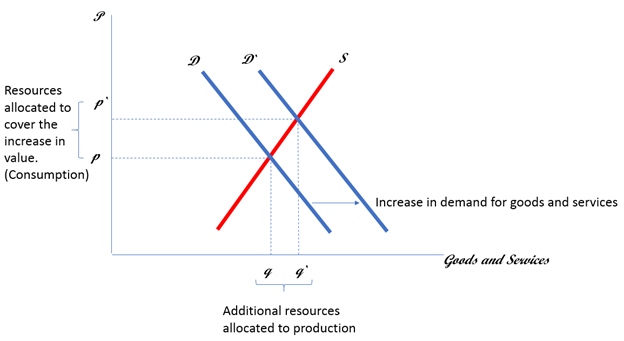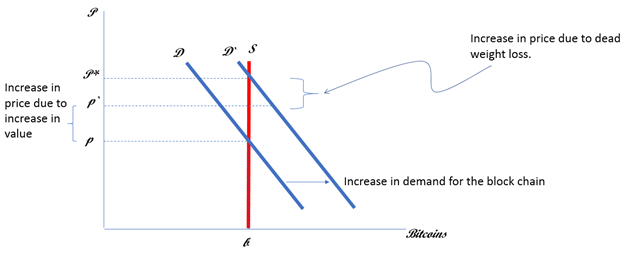It starts at home as soon as we are aware of our existence and before we ever step foot into a public institution. As early as 3 or 4-years-old we see people flying flags in their yards, veterans at Waffle House wearing their military ballcaps. We see police cars, sheriff’s deputies, state troopers, military vehicles on the street, political and religious statues in parks, war memorials and monuments. We watch children’s programs that tell us to obey the authorities, 4th of July parades replete with patriotic symbols and fireworks. Our parents take us to churches to worship invisible gods, make us pray before we eat and say ‘thank god’ every time something good happens. They take us to museums with paintings of conquering kings and angels coming down from heaven. Sporting events where uniformed military bear flags and we all stand, put our hands over our hearts and sing the national anthem. They show us dollar bills with pictures of famous politicians and nationalistic and religious slogans like ‘United States of America’ and ‘In God We Trust’. Driving through any town there are churches with their placards out front expressing how you are going to hell for all eternity if you don’t join. There are billboards with pictures of policemen telling you not to do drugs or to snitch on your neighbors. Uniformed public school buses and US mail trucks. By the time we reach school age we already believe that the government is authority and there’s an invisible man in the sky watching everything we do. Our minds have been properly prepared for the next phase of social engineering.
Those early years are the passive phase, the active phase begins when we enter the public education system which can be as early as 4 or 5-years-old. That’s when we are subjected to daily doses of nationalism and religion. Every morning for twelve years we pledge allegiance to ‘One Nation under God’. We join the Cub Scouts and Boy Scouts and pledge ‘On my Honor, I will do my duty, to God and my Country’. The Boy Scouts even have religious awards you can earn. Every Sunday we attend church services and ‘Sunday school’.
From as early as anyone can remember you’ve been marinated, sauteed and shaked and baked in political and religious beliefs and for good reason. Since institutions like the Church and State don’t produce anything, they depend on being able to control people in order to generate revenue. But they don’t have the resources or ability to control billions of people by force, so they have to control people’s minds, convince people to voluntarily surrender their free-will and dignity and open their pocketbooks. For thousands of years they’ve been doing this with fear and 2020 demonstrated just how easy it is for ‘the authorities’ to control the world. Not your city, your state, your country but the entire world. And to do so without firing a single shot, but by controlling people’s minds, a psychological coup d`etat of humanity.
The next time you’re outside in public somewhere, anywhere doesn’t matter, at the grocery store, the mall, in the park, at the beach casually look around you and pick any random, arbitrary adult you see and realize that that person, regardless of their age, sex, ethnicity or education probably believes in at least one imaginary phenomenon in their life. Something so extraordinary but for which there isn’t even ordinary evidence to suggest it’s real. Something for which there is absolutely no rational or logical explanation but which they believe is as real as their own existence and would bet their lives on it. Something that, to a large degree, defines their lives and drives their day-to-day decision making processes but nonetheless can’t be intelligently classified as anything other than an illusion, something they just choose to believe in like a child believes in Santa Claus.
Look at the next person and realize they too harbor such beliefs, and the next and the next and so on. The overwhelming majority of human beings hold unexplainable beliefs that create an unconscious human web of like minded people, people who have never met one another but whose remarkably inexplicable beliefs unconsciously bind them together. Beliefs that they never made a conscious effort to acquire, beliefs they may not even know they have and beliefs they never question. It’s a study in human nature to try and explain how such an extraordinary social phenomenon can exist. How everything that makes us human: reason, rational, logic and common sense, can be abandoned by billions of people like that and assume the consequences of doing so.
Depending on the source, imagination is defined as the ability to create ideas and images in the mind that don’t exist at present or haven’t happened yet. Before human evolution developed the parts of the brain that control what’s considered modern imagination about 70,000 – 100,000 years ago people would just leave someone lay when they died. There were no death rituals because those earlier species of humanoids didn’t understand what was happening and didn’t have the ability to imagine an explanation for it. They didn’t even know what death was or the distinction between it and life.
Fear is a consequence of that imagination. Fear is imagining a future that hasn’t happened yet and concern over its potentially harmful consequences. The inability to imagine potentially harmful future consequence, the inability to understand the concepts of life and death meant those early humans didn’t experience fear. Their decisions were driven by an innate survival instinct no different than how a worker ant fights off an intruder in the nest, a cod fish tries to evade a pursuing seal or a guard dog attacks a stranger. They weren’t frightened by an erupting volcano simply by the nature of the phenomenon because such fear would require the ability to imagine why it was happening and the potential consequences. Their reactions to such things came from personal experience of prior eruptions and hot lava pouring into their village and destroying their huts and their fellow villagers. They took action based on past knowledge and known consequences not on imagined ideas and potential future consequences.
In anthropology circles it’s said that the development of this ability to imagine was a great leap forward in human evolution but I’ll argue that depends on how you define ‘great’. In terms of human individuality, dignity and freedom, imagination is the Achilles heel that keeps humanity enslaved, impoverished and psychologically diseased. Human imagination and the fear it creates is the soft underbelly of the human condition that is exploited by the powers that be to control society without ever firing a shot. It’s used to psychologically condition and socially engineer people, stripping them of their free-will and humanity. Creating dutiful little worker bees, obedient members of the collective, a social hoard of zombies who are no longer in control of their own minds and actions but unconsciously connected to a social continuum while simultaneously believing they are free. It creates a very real alternative reality for them with egregious, shameful and inhumane consequences for mankind that are justified by their beliefs.
These beliefs alienate friends, family and coworkers in order to ensure their survival. They infect the individual’s psyche and transform him into a nameless, faceless member of the hive. Although they are just beliefs, they are extremely sophisticated and have evolved their own built in defense mechanism that protects them when they feel threatened to the point of evoking anger and even physical violence if deemed necessary. When confronted with dissenting information the person becomes mentally confused and disorientated causing the defense mechanism to be activated. That’s why people avoid discussing religion and politics, but I repeat myself.








